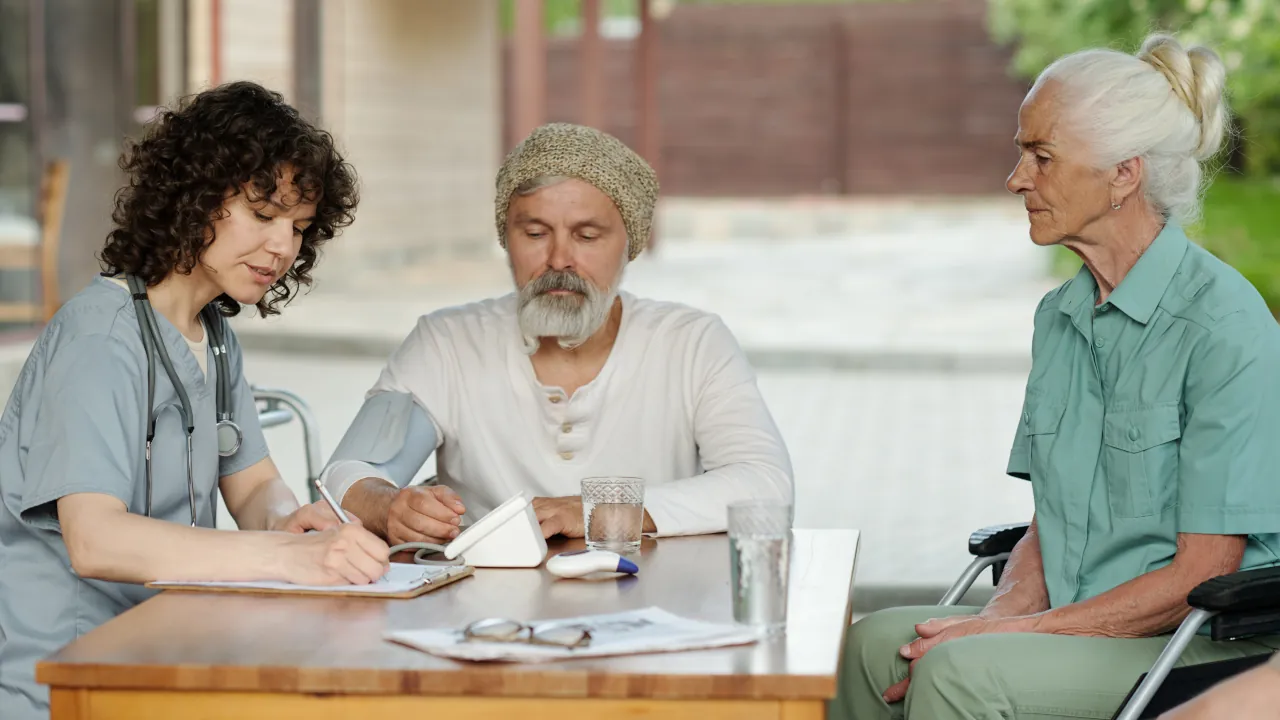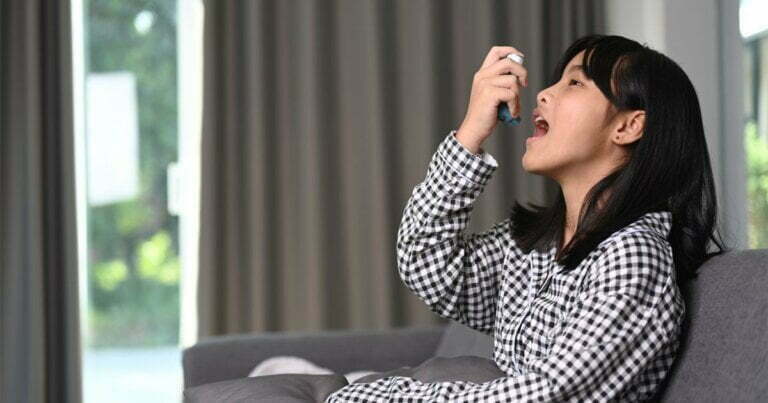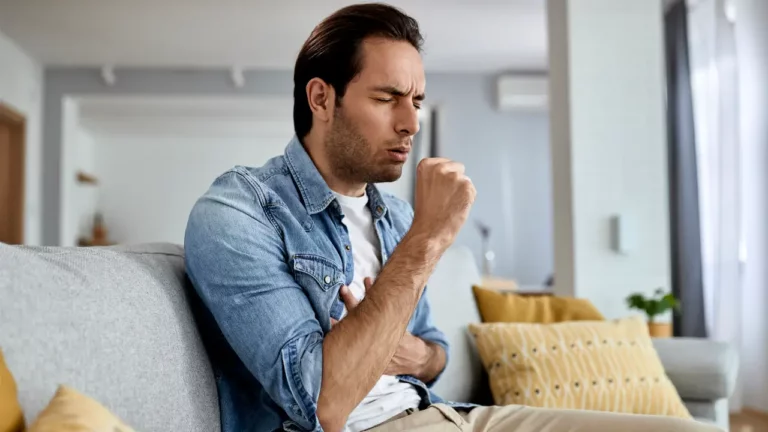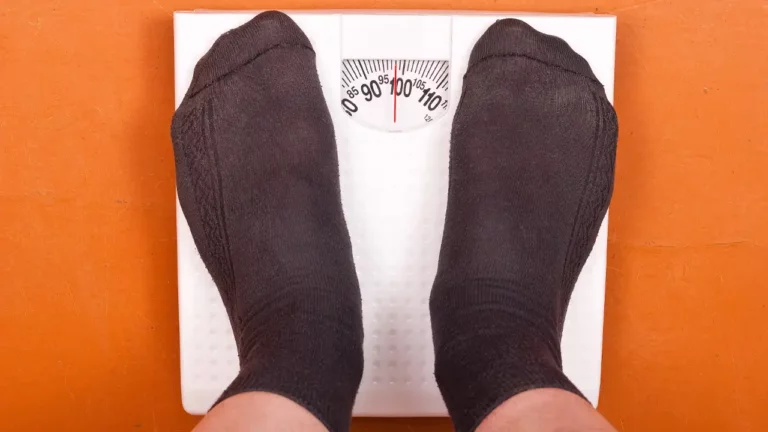In the sprawling landscapes of rural areas, accessing quality healthcare remains a challenge for many residents. Limited access to medical facilities, scarcity of healthcare professionals, and geographical isolation contribute to significant healthcare disparities, particularly in billing and reimbursement. However, the advent of Remote Patient Monitoring (RPM) technology offers a promising solution to bridge this gap and ensure equitable access to healthcare services in rural areas. This article explores how RPM is addressing these disparities, enhancing patient outcomes, and paving the way for a more equitable healthcare landscape in Billings.
Barriers to Healthcare Access in Rural Areas
Distance to Medical Facilities
- Rural residents often face significant distances to access medical care, leading to delays in receiving timely treatment.
- Limited transportation options exacerbate this challenge, particularly for individuals with mobility issues or limited resources.
Addressing Distance Barriers with RPM Technology
Enabling In-Home Care Delivery
- RPM technology eliminates the need for patients to travel to medical facilities by enabling healthcare delivery directly in their homes.
- Patients can receive continuous monitoring of vital signs, symptom tracking, and virtual consultations from the comfort of their own homes, reducing the burden of travel.
Remote Monitoring for Timely Interventions
- Healthcare providers can remotely monitor patients’ health status and intervene proactively, regardless of geographical barriers.
- This ensures timely interventions and support for rural patients, reducing the risk of complications and improving health outcomes.
Enhancing Disease Management
Chronic diseases pose a significant burden on rural populations, yet managing these conditions effectively can be challenging due to limited access to specialists and resources. RPM technology facilitates continuous monitoring of chronic conditions such as diabetes, hypertension, and heart disease, allowing healthcare providers to intervene promptly at the earliest signs of deterioration. This proactive approach to disease management can lead to better health outcomes and reduced healthcare costs in the long run.
Promoting Patient Engagement
Engaging patients in their own care is crucial for achieving positive health outcomes. RPM technology empowers patients by involving them in the monitoring and management of their health conditions. Through user-friendly mobile apps and wearable devices, patients can track their vital signs, report symptoms, and communicate with their healthcare providers in real-time. This increased engagement fosters a sense of ownership over one’s health and encourages adherence to treatment plans, ultimately leading to improved patient outcomes.
Optimizing Resource Utilization
Rural healthcare facilities often face resource constraints, including limited staffing and financial resources. RPM technology helps optimize these resources by reducing the need for in-person visits and hospitalizations. By remotely monitoring patients’ health status and intervening proactively when necessary, healthcare providers can allocate their time and resources more efficiently, ensuring that patients receive the care they need without overwhelming the healthcare system.
Facilitating Appropriate Reimbursement
In rural healthcare settings, ensuring that healthcare providers receive adequate reimbursement for the services they provide poses a significant challenge. Factors such as limited resources, staffing shortages, and billing complexities contribute to this issue. Rural healthcare facilities often operate on tight budgets and struggle to navigate the intricacies of reimbursement processes, leading to potential underpayment for services rendered.
Addressing Reimbursement Challenges with RPM Technology
- Facilitating Remote Billing and Documentation
Remote Patient Monitoring (RPM) technology offers a solution to these challenges by facilitating remote billing and documentation. Through RPM platforms, healthcare providers can digitally record patient encounters, document treatment plans, and submit claims for reimbursement from anywhere, eliminating the need for in-person administrative tasks. This streamlined process ensures that providers are properly compensated for the care they deliver, regardless of geographical barriers.
- Supporting Value-Based Care Models
As healthcare reimbursement models shift towards value-based care, RPM technology becomes even more valuable. RPM platforms provide valuable data insights into patient health status, trends, and outcomes, demonstrating the effectiveness of remote monitoring in improving patient care. By collecting and analyzing real-time patient data, RPM technology enables healthcare providers to identify opportunities for intervention, prevent costly complications, and improve overall health outcomes. These data-driven insights justify the reimbursement of RPM services under value-based care frameworks, aligning financial incentives with the delivery of high-quality, proactive care.
RPM technology serves as a powerful tool for addressing reimbursement challenges in rural healthcare settings. By streamlining billing processes, supporting value-based care models, and providing actionable data insights, RPM empowers healthcare providers to deliver equitable and effective care to rural communities while ensuring fair compensation for their services.
DrKumo’s RPM Solution for Addressing Billing Disparities
In the remote landscapes of rural areas, access to quality healthcare is often hindered by billing disparities. DrKumo’s Remote Patient Monitoring (RPM) solution offers a transformative approach to bridge this gap, empowering healthcare providers to deliver equitable care while ensuring fair and appropriate billing practices.
Challenges in Rural Healthcare Billing
In the remote landscapes of rural areas, accessing quality healthcare is often hindered by billing disparities. Limited access to medical facilities and healthcare professionals exacerbates the challenge, leaving rural communities vulnerable to unequal billing practices. Patients in these areas may face obstacles in receiving fair and appropriate billing, leading to financial strain and barriers to care.
DrKumo’s RPM Solution: Bridging the Gap
DrKumo’s Remote Patient Monitoring (RPM) solution offers a transformative approach to address these disparities. By leveraging RPM technology, healthcare providers can bridge the gap in rural healthcare access and ensure equitable care delivery. RPM empowers providers to remotely monitor patients’ health status, track vital signs, and intervene proactively, regardless of geographical barriers.
- Ensuring fair and appropriate billing practices: DrKumo’s RPM solution enables accurate and transparent billing practices, ensuring that patients in rural areas are billed fairly for the care they receive.
- Facilitating access to quality healthcare in rural areas: By overcoming geographical barriers and enabling remote monitoring, DrKumo’s RPM solution facilitates access to quality healthcare for rural residents, improving health outcomes and reducing disparities.
- Empowering healthcare providers to monitor patients remotely: With DrKumo’s RPM solution, healthcare providers can remotely monitor patients’ health conditions and intervene proactively, enhancing patient care and reducing the need for costly in-person visits.
Empowering Healthcare Providers
DrKumo’s RPM solution empowers healthcare providers to overcome billing disparities and focus on delivering quality care to rural communities. By streamlining billing processes and enabling remote monitoring, DrKumo equips providers with the tools they need to deliver equitable care without financial constraints, ultimately improving healthcare outcomes in rural areas.
Takeaways
Remote Patient Monitoring technology holds immense promise in addressing healthcare billing disparities in rural areas. By improving access to care, enhancing disease management, promoting patient engagement, optimizing resource utilization, and facilitating appropriate reimbursement, RPM technology represents a transformative solution for ensuring equitable healthcare delivery in rural communities. As healthcare systems continue to evolve, leveraging RPM technology will be crucial in closing the gap in healthcare access and improving health outcomes for rural residents.
Take charge of rural healthcare equity with DrKumo’s RPM Solution! DrKumo’s RPM technology empowers providers to bridge this gap, ensuring fair billing and equitable care. Contact DrKumo today to learn how our RPM solution can transform healthcare delivery in rural communities.
Disclaimer: This article is for informational purposes only and does not constitute medical advice, diagnosis, or treatment. Readers are encouraged to consult with healthcare professionals or relevant authorities for personalized guidance on healthcare solutions and strategies tailored to their specific needs and conditions.








